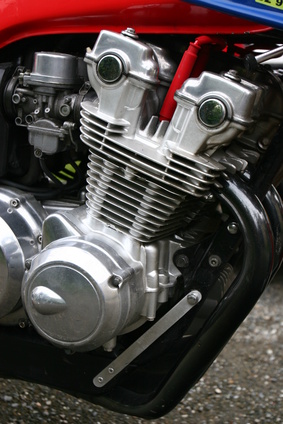
Common problems often occur when trying to achieve shine perfection from aluminum on vehicles, trailers, boats or other items. Performing the task in the appropriate setting, using the right tools and maintaining cleanliness and safety can contribute to achieving a mirror finish.
Polishing and buffing are two very different things that are often considered the same thing. Polishing requires removing a large amount of material (i.e. sanding), whereas buffing simply means regaining the shine. When polishing aluminum, it is important to understand whether or not an actual polishing or a simple buffing should take place. Both require different processes and equipment.
Wear safety glasses and a dust mask when sanding down the metal during aluminum polishing. Aluminum dust can be harmful if ingested or if it gets into your eyes.
Polishing aluminum, such as on vehicles, should be performed once a month.
Clean the area before polishing. In addition, an often forgotten step after polishing is to wipe down the piece after the final wash.
Use a variety of grit levels when sanding, starting with the coarsest. Continue to work to a medium and then a fine paper. This allows any ridges of unwanted material to come off first as you work your way closer to the actual aluminum. Imperfections that are visible while sanding need more work until they are gone. Imperfections seen by the naked eye during sanding will be more visible once the polish job is completed. Always use aluminum oxide paper.
Protect the surface once an item has been polished. Store the object indoors and provide proper air circulation. Cover the item with a cotton sheet to assist in protecting the finish.
Sunlight is the best light under which to check for imperfections. While polishing indoors is best for the material, checking your work in the sunlight can verify your success.